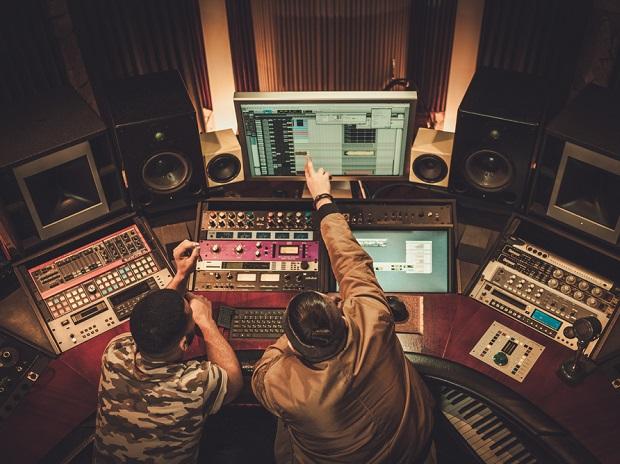Currently, India holds Rank 19th in terms of revenues when it comes to music markets. According to the International Federation of the Phonographic Industry (IFPI), which is an international body that represents the interests of the recording industry, the United States of America with a market size of around $4 billion is leading the pack, followed by Japan with a market size of close to $3.5 billion. India is at a meager $130 million and neighbor China at number 10 with music revenues to the tune of $300 million.
IMI, in association with IFPI, has made several attempts to take down major infringing sites, However, ISPs based outside of Indian territory refuse to act despite clear and large-scale infringements, citing their domestic protection towards user-generated or user-uploaded content, often claiming the protection of the Safe Harbour privileges in US law. This makes the case for website blocking more important: if infringing sites based outside India refuse to cooperate with rights holders, then the most effective method of relief is to block access to those sites from within India.
The Indian music industry continues to ride the wave of growth generated by digital consumption, increased smartphone penetration, and access to cheaper data, obstacles such as the lack of fair valuation of content on some platforms, improper implementation of price regulation, and digital piracy threaten this potential for growth.

